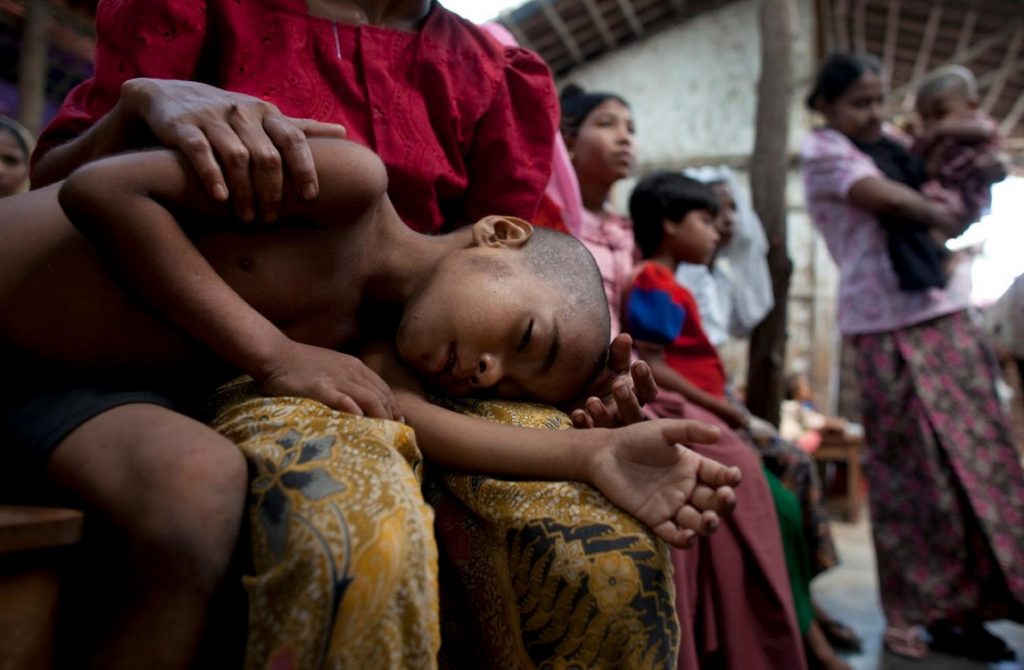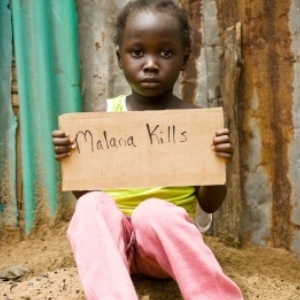Shining a spotlight on countries moving toward elimination of malaria
“Our report shines a spotlight on countries that are well on their way to eliminating malaria,” said Dr Pedro Alonso, Director of the WHO Global Malaria Programme. “WHO commends these countries while also highlighting the urgent need for greater investment in settings with high rates of malaria transmission, particularly in Africa. Saving lives must be our first priority.”
Since the year 2000, malaria mortality rates have declined by 60% globally. In the WHO African Region, malaria mortality rates fell by 66% among all age groups and by 71% among children under 5 years.
The advances came through the use of core malaria control tools that have been widely deployed over the last decade: insecticide-treated bed-nets, indoor residual spraying, rapid diagnostic testing and artemisinin-based combination therapies.
But reaching the next level—elimination—will not be easy. Nearly half of the world’s population, 3.2 billion people, remain at risk of malaria. Last year alone, 214 million new cases of the disease were reported in 95 countries and more than 400 000 people died of malaria.
The efficacy of the tools that secured the gains against malaria in the early years of this century is now threatened. Mosquito resistance to insecticides used in nets and indoor residual spraying is growing. So too is parasite resistance to a component of one of the most powerful antimalarial medicines. Further progress against malaria will likely require new tools that do not exist today, and the further refining of new technologies.
Last year, for the first time, the European Medicines Agency issued a positive scientific opinion on a malaria vaccine. In January 2016, WHO recommended large-scale pilot projects of the vaccine in several African countries, which could pave the way for wider deployment in the years ahead.
Strong political commitment and funding are vital
“New technologies must go hand in hand with strong political and financial commitment,” Dr Alonso added.
Vigorous leadership by the governments of affected countries is key. Governments must strengthen surveillance of cases to identify gaps in coverage and be prepared to take action based on the information received. As countries approach elimination, the ability to detect every infection becomes increasingly important.
Reaching the goals of the “Global Technical Strategy” will require a steep increase in global and domestic funding—from $2.5 billion today to an estimated $8.7 billion annually by 2030.


